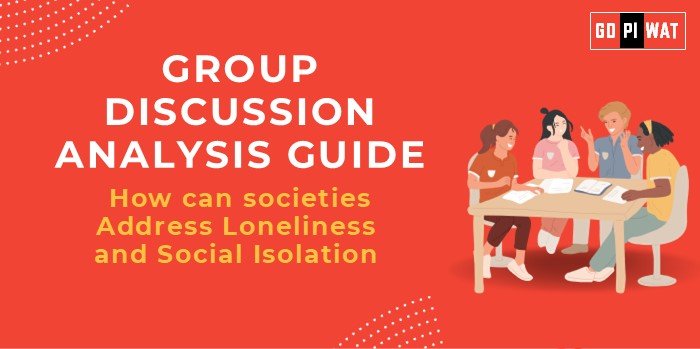🌍 Addressing Loneliness and Social Isolation
🔍 Introduction to the Topic
Loneliness and social isolation are pressing global issues that extend beyond emotional well-being, significantly impacting mental health, physical health, and societal cohesion. Factors like urbanization, aging populations, and post-pandemic behaviors have amplified the challenge. For example, the COVID-19 pandemic highlighted how prolonged isolation can lead to depression, cardiovascular risks, and increased healthcare costs.
📊 Quick Facts and Key Statistics
- 🌐 Global Prevalence: 33% of adults worldwide report feeling lonely regularly.
- 🧠 Health Risk: Loneliness increases the risk of premature death by 26%, equivalent to smoking 15 cigarettes daily (Cigna Study, 2023).
- 📉 Economic Cost: Social isolation among older adults costs the U.S. healthcare system an additional $6.7 billion annually.
- 📱 Digital Divide: 40% of rural older adults lack access to social technologies, exacerbating isolation.
👥 Stakeholders and Their Roles
- 🏛️ Government Bodies: Launch social programs and fund mental health initiatives to build community connections.
- ⚕️ Healthcare Systems: Provide counseling services and monitor health outcomes related to social isolation.
- 💻 Private Sector: Develop and promote technologies that enable virtual interactions and community building.
- 🤝 Non-Profits: Run support groups and implement programs targeting at-risk populations.
🏆 Achievements and Challenges
✨ Achievements
- 📢 Increased Awareness: Campaigns like the UK’s “Campaign to End Loneliness” have successfully highlighted the issue.
- 📱 Technology Solutions: Platforms such as Meetup and Careline bridge social gaps with innovative solutions.
- 🛠️ Policy Interventions: Countries like Japan have appointed Ministers of Loneliness to spearhead nationwide strategies.
⚠️ Challenges
- 🧠 Stigma: Social stigma often prevents individuals from seeking help for loneliness.
- 📊 Inequality: Access to mental health resources and social technologies remains uneven.
- 💸 Sustainability: Maintaining funding and momentum for long-term initiatives is challenging.
🌍 Global Comparisons
- 🇯🇵 Japan: Appointed a Minister of Loneliness to tackle isolation, especially among aging populations.
- 🇩🇰 Denmark: Community-centric living reduces social isolation, particularly for seniors.
- 🇦🇺 Australia: Programs like “Be Connected” teach older adults digital skills to foster connectivity.
🗣️ Structured Arguments for Discussion
✅ Supporting Stance
“Promoting community-based solutions effectively addresses social isolation, as seen in Denmark’s success.”
❌ Opposing Stance
“Over-reliance on technology risks exacerbating the digital divide, leaving rural and marginalized groups behind.”
⚖️ Balanced Perspective
“While technology and community initiatives are impactful, a multi-stakeholder approach ensures long-term sustainability.”
💡 Effective Discussion Approaches
- 📊 Statistics-Driven: “Loneliness increases the risk of premature death by 26%, necessitating urgent intervention.”
- 🌍 Case Study: “Japan’s Minister of Loneliness highlights the importance of policy-driven solutions.”
- 🤔 Balanced Solution: “Combining tech-driven platforms with community engagement creates a holistic approach to reducing isolation.”
🔍 Strategic Analysis: SWOT
- 💪 Strengths: Growing global awareness and support from multiple sectors.
- 🤔 Weaknesses: Social stigma and economic inequalities hinder implementation.
- 🌟 Opportunities: Digital literacy programs and public-private partnerships.
- ⚠️ Threats: Funding constraints and reliance on technology.
🎓 Connecting with B-School Applications
- 📈 Real-World Applications: CSR initiatives addressing workplace and societal loneliness.
- 💬 Sample Questions:
- “How can businesses play a role in reducing social isolation?”
- “What policies would you recommend to tackle urban loneliness?”
- 📘 Insights for Students: Analyze economic and mental health intersections to propose sustainable solutions.


